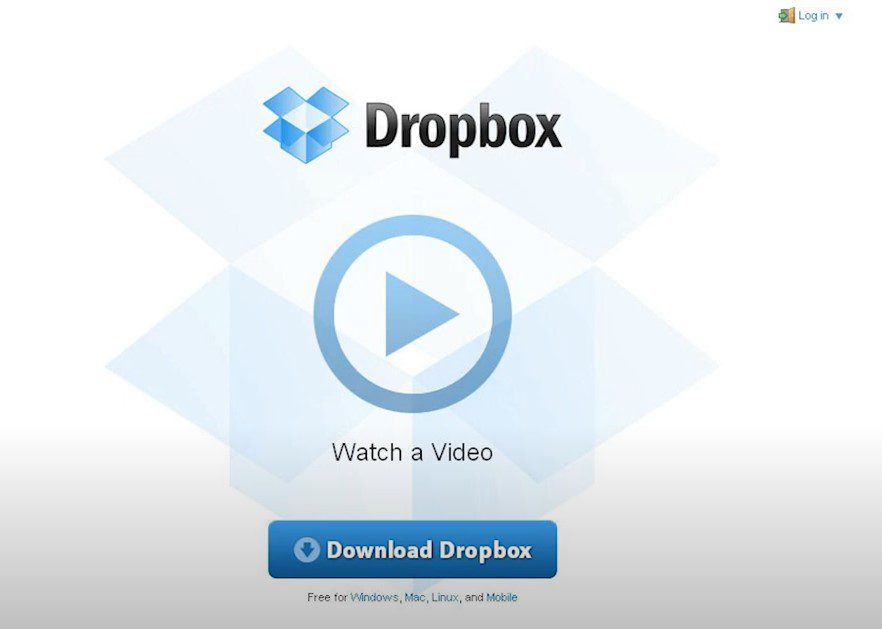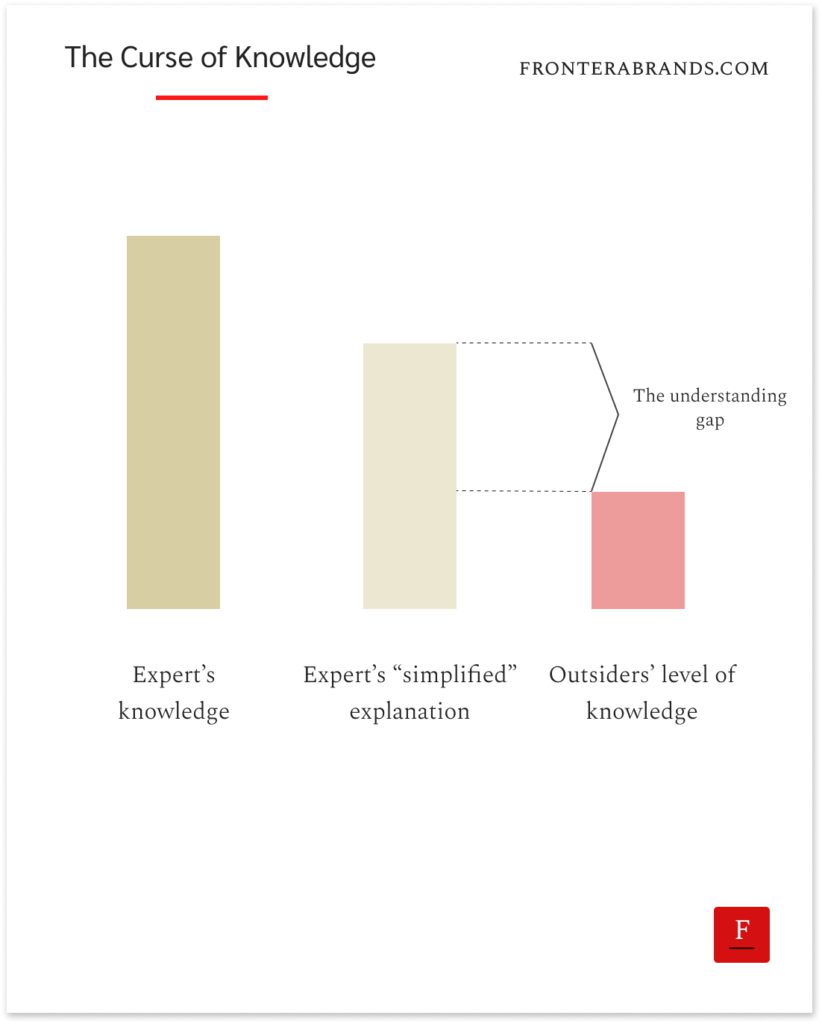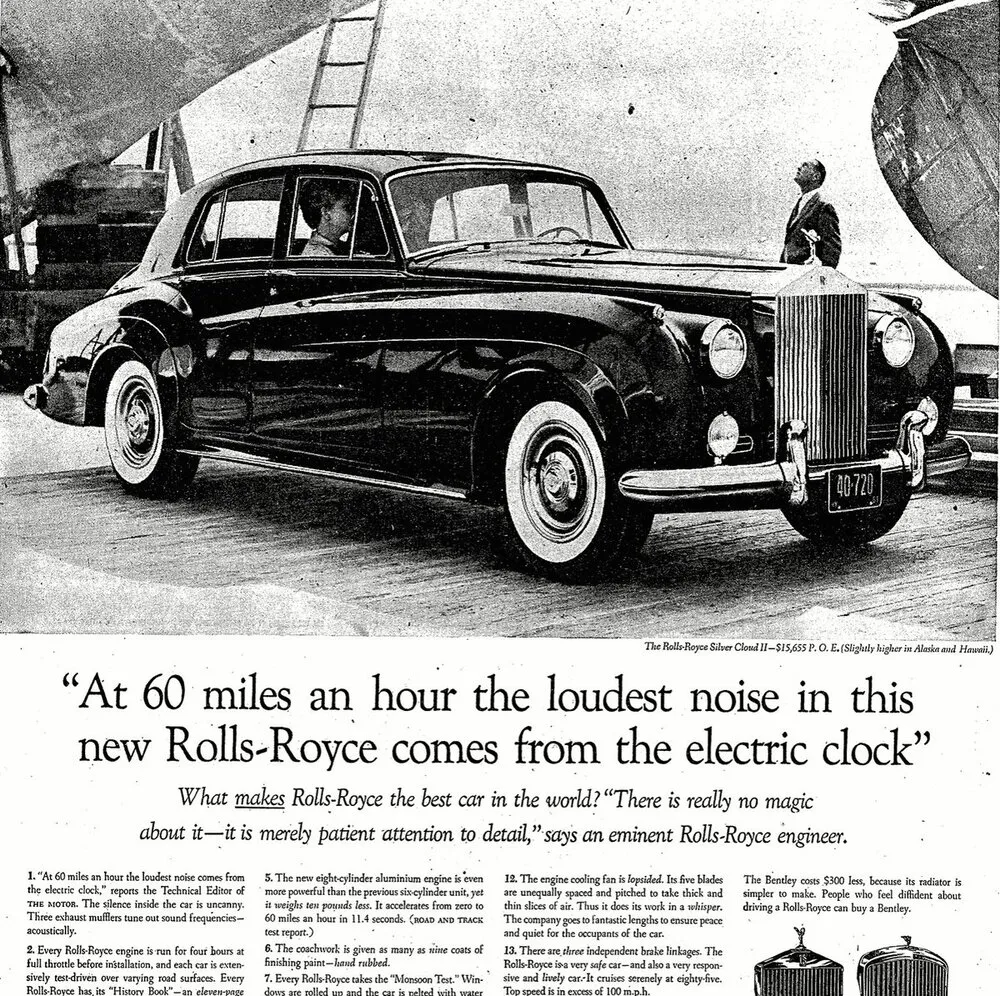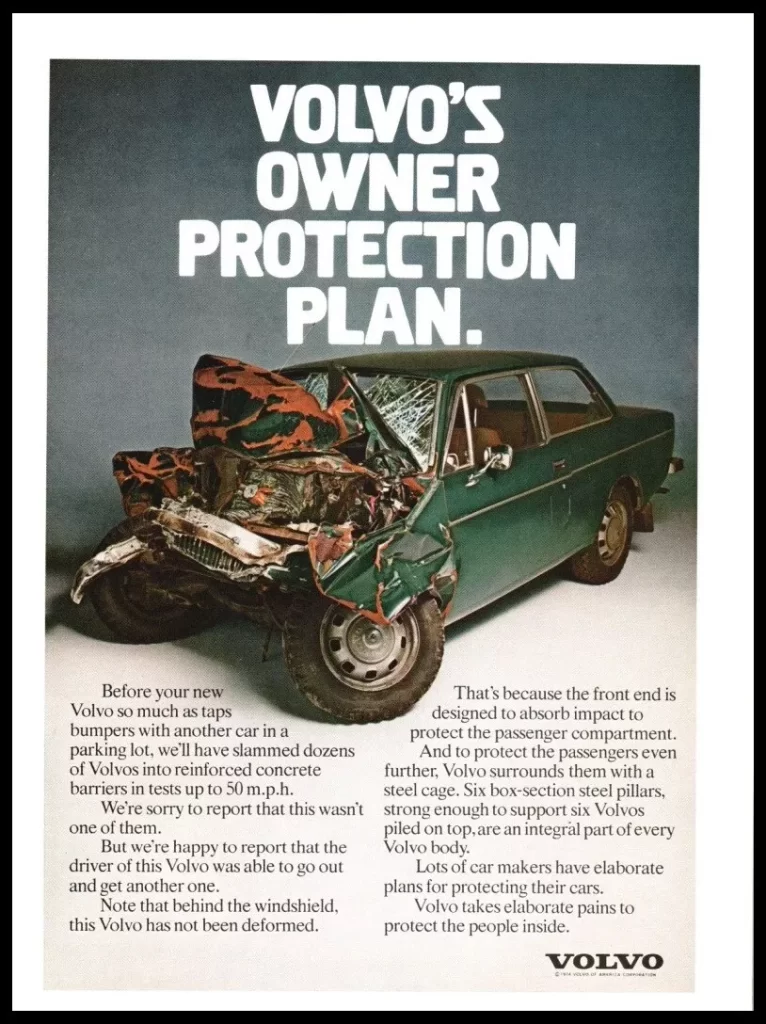In 2007, two MIT students —Drew Houston and Arash Ferdowsi— created a solution to a modern problem.
Laptops and smartphones were becoming more common.
And they realized people needed a simple way to access their files from different devices.
So they developed an app that allowed users to store their files in the “cloud.”
They called it Dropbox.
They validated the idea with a demo video in the tech community and got investment.
But when they launched it to the public, they realized an issue.
They simplified Dropbox in the demo video as much as they could — and their peers understood the value.
But customers did not react to the video in the same way.
It was still confusing for most people.
Why would they need a service like this?
What was the value?
To the Dropbox team, the value was obvious.
And that’s why they were surprised with the reaction of customers.
So after some thought, they decided to hire some external help to make an even simpler video.
The new video started with a story.
Imagine you go out.
And you realize you left your wallet in the pocket of your other pants.
But if you had a “magic pocket,” you could access your wallet anywhere.
So Dropbox did the same for your files.
There was no talk about “cloud storage” or any other technical stuff.
They put the video on their home page with a call-to-action button to download.
There was nothing else on the page.

The result?
The new video drastically increased their conversion.
Customers now understood Dropbox’s value.
So that simple video stayed on that page for years and brought in millions of additional users and revenue.
The “explainer video” concept was born thanks to that video’s success.
The more you know, the harder it gets to explain
Here’s the thing.
Dropbox team knew so much about their product, that it was hard for them to explain it to customers.
Even when they thought they were simplifying everything.
Three economists —Camarer, Loewenstein, and Weber— called this the curse of expertise in their research in 1989.
The more you know about a topic, the harder it gets to explain it to others.
Everything becomes so obvious to you, that you forget the perspective of not knowing it.
And this causes a communication gap.
Heath brothers used it as the main villain in their book Made To Stick.
They said most ideas don’t stick because of the curse of expertise.
When a CEO says “unlocking shareholder value,” he has decades of experience and knowledge in his mind.
He knows what he means.
But most employees don’t have the same context.
So those words go through their minds and don’t stick.

Most brands suffer from this.
What makes them good at what they do —their expertise— also causes them to fail at explaining it in a clear way.
Because they know too much.
They are deep into the topic.
They forgot the perspective of an outsider.
And customers are outsiders.
So guess what happens?
Brands think they simplify everything in their communications.
But it’s still way above most customers’ level of understanding.
Hence nothing sticks.
Have you ever felt silly going through a brand’s website trying to figure out what they do?
This is exactly what this “curse” is about.
So all the great value brands deliver for customers gets lost in the message.
Now, the question comes.
How can you avoid the curse of expertise?
Here are three ways:
1. Simplify your value to its core
You’ve probably heard of David Ogilvy’s classic Rolls-Royce ad.
Rolls-Royce wanted a campaign to communicate its cars’ luxury to the market.
And when Ogilvy got them as a client, he visited their factory, talked to the engineers, and read hundreds of pages of documents.
Finally, he found a sentence in one of the documents and decided to make it the headline.
And the ad became one of the best ads of the 20th century.

But here’s the thing.
If they had let Rolls-Royce engineers write an ad about the car’s luxury, they could have written about all the things they did for pages.
Features, changes, comparisons to others…
But no customer would understand it.
Because those engineers knew too much.
Plus, as they worked on all these different things, they’d want to convey everything.
So customers would get even more confused.
But Ogilvy simplified Rolls-Royce luxury to its core — comfort.
He didn’t talk about the 20 other things Rolls-Royce had.
He prioritized.
And that’s how his message became like the tip of a knife — narrow and sharp.
We talked about why you have to make sacrifices in your messaging.
So to avoid the curse of expertise, one effective thing to do is to get to the core of your value.
Prioritize your brand’s capabilities.
Prioritize the benefits you deliver to customers.
Get to the core.
And communicate that.
So customers can get your value more easily.
2. Use stories
Remember how Las Vegas attracted more tourists with a narrative?
A brand narrative fits your products and services into customers’ lives.
It gives meaning to your brand.
Well, they also serve for one more thing.
They make everything easier to understand for an outsider.
Thousands of research papers and hundreds of TED Talks talk about how our brains are wired for stories.
So I’ll not repeat that.
Heath brothers share a good example of this.
In 1961, John F. Kennedy made his famous pledge:
“We’ll put a man on the moon and return him safely by the end of the decade.”
He told a story in one sentence.
And the message of the story was that America was going to win the space race.
Imagine if he had said it like today’s brands:
“Our mission is to become the international leader in the space industry through maximum team-centered innovation and strategically targeted aerospace initiatives.”
Would American taxpayers get it?
Could he still justify all that investment?
Probably not.
So use stories to explain your brand’s value.
This is especially important for B2B brands, as B2B offers are usually complex and abstract.
3. Break the patterns
Let’s continue with another car example.
Volvo differentiated itself on safety from other car brands back in the 1970s.
Now, how do you communicate that message to customers?
A common approach would be telling all the safety features they have, together with an image of a “safe” and happy family inside a Volvo.
Would it work?
Maybe.
But this is expected from a car brand.
Customers are used to seeing similar ads.
So they would see it and forget it.
That’s why Volvo’s advertisers did something different.
Something other car brands cannot even imagine doing.
They showed a Volvo after an accident:

One image.
Four-word headline.
But it’s enough to tell you that Volvo is all about safety.
And it’s memorable because it’s unexpected.
It’s something you never see from other car brands.
It also tells a mini story in an image: a serious accident happened (challenge), but people inside the car got out safe (resolution).
We talked about how the Isolation Effect also applies to messaging.
So breaking patterns in customers’ minds is another useful way to convey your message.
Make it a little unexpected.
—
And the moral of our story?
Pay attention to how you communicate your value.
You and your team’s knowledge becomes a curse when you want to communicate to the market.
Even when you think you are simplifying, it’s usually still too complicated for your customers.
In the end, the game is not about the message you think you deliver.
It’s about the message customers perceive.
–
Enjoyed this article?
Then you’ll love the How Brands Win Newsletter.
Get the “7 Positioning Sins That Cost B2B Brands Millions” guide when you join. It’s free.
